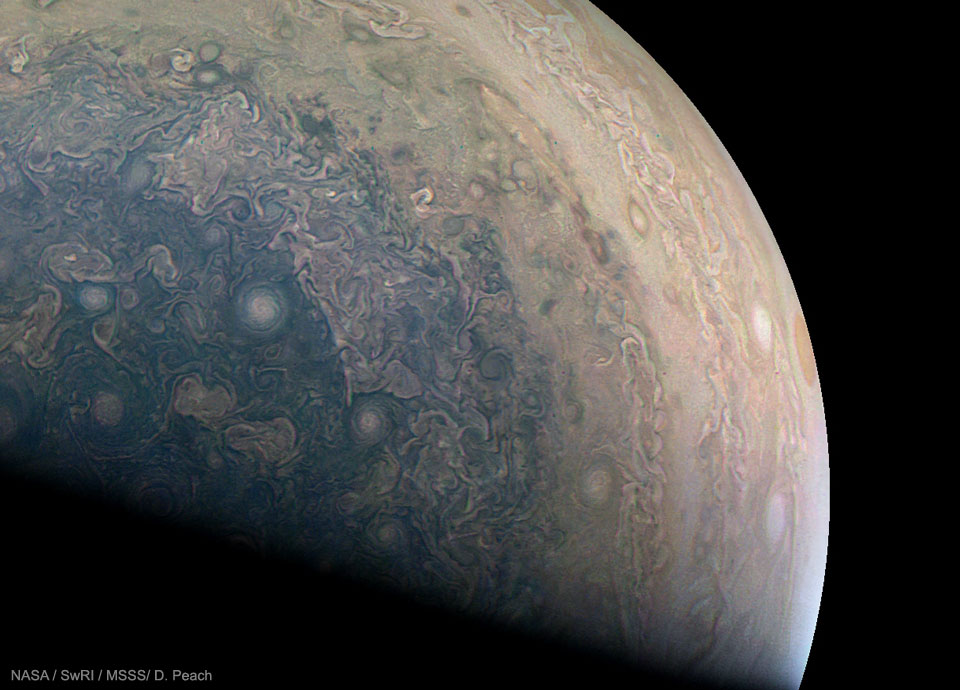Researchers have demonstrated for the first time that it is possible for a planetary collision to form a moon large enough for Kepler to detect. Scientists conducted a series of around 30 simulations to explore how various factors affect moon creation.
via Science Daily
Zazzle Space Exploration market place
